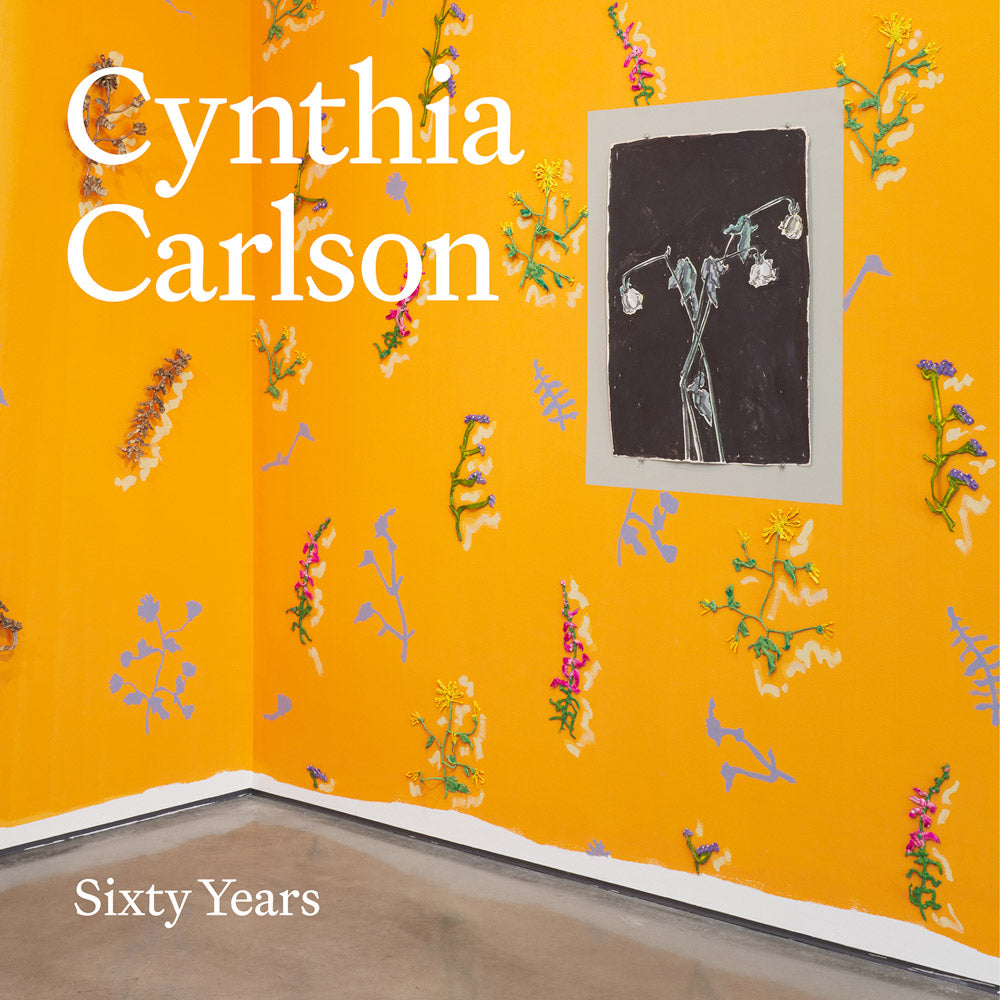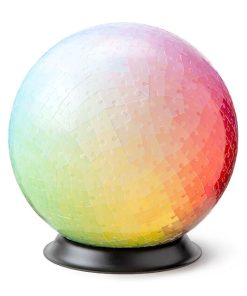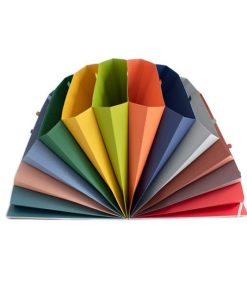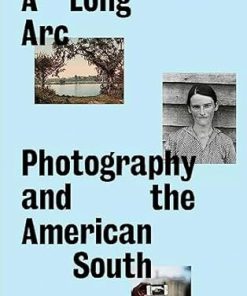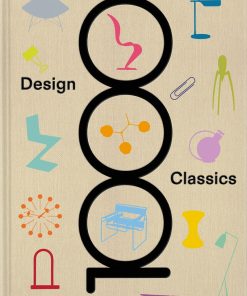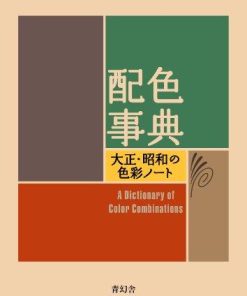Cynthia Carlson: Sixty Years D.A.P.
$ 65,00 $ 32,50
The first retrospective on a fascinating protagonist of the 1970s Pattern & Decoration movement, who defied Minimalist orthodoxy with humorous multimedia explorations of domesticity and ornament
This is the first comprehensive volume on Cynthia Carlson (born 1942), a key artist of the Pattern & Decoration group who responded to Minimalism’s dominance in the 1970s. The work of this group has recently been revisited and reappraised in exhibitions and by art scholarship. A Chicagoan under the influence of the Chicago Imagists, Carlson landed in New York City in 1965 and has exhibited widely (she was included in Lucy Lippard’s seminal 1971 exhibition 26 Contemporary Women Artists at the Aldrich Museum of Contemporary Art). Her interest in the domestic―as a source of shapes and as a realm of familial experiences, chores and memories―intersects with the works of contemporaries ranging from Jennifer Bartlett to Joel Shapiro and Elizabeth Murray. Carlson’s utilization of architectural motifs might align at one moment with the vernacular embraced in the buildings of Venturi & Scott Brown and, at another, with the postmodern rehabilitation of Beaux-Arts ornament. Her hand-painted “wallpaper” is considered a significant contribution and influence on contemporary installation art. Carlson’s artistic identity continues to morph: from room-size wallpaper and a life-size gingerbread house to unexpected shaped canvasses, architectural constructions and pet portraits. Whatever she creates, however eccentric, is high-spirited, genial and insightful.
Prompt shipping and expert packing
We are able offer many shipping options due to our long-term relationship with UPS FedEx DHL. Our warehouse personnel is highly-skilled and will pack your products in accordance with our exact and precise specifications. Before shipment, all items are carefully examined and safely secured. Everyday we deliver hundreds of packages to our customers from all over the world. This shows how we're dedicated to be the largest retailer on the internet. The warehouses are located located in Europe in the same way as they are in the USA.
Orders that contain more than one item are assigned processing periods according to each item.
Before shipment, all ordered items will be thoroughly examined. The majority of orders will be sent within 48 hours. Delivery time ranges between 3-7 days.
Returns
The inventory is always changing, and is not completely managed by us because of the involvement of several entities, including the factory as well as our warehouse. Therefore, the actual inventory could fluctuate at any moment. Please be aware that it is possible for your order to become unavailable even after you have made the order.
Our policy lasts for 30 days. If 30 days have gone by since your purchase however, we're unable to give you a return or exchange.
The item you purchase must be in its original packaging and in good condition. It must also not be used. You must have the item in its original packaging.
Related products
Staging
Staging
Staging
Staging
Staging
